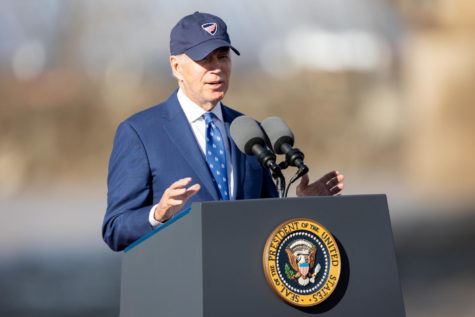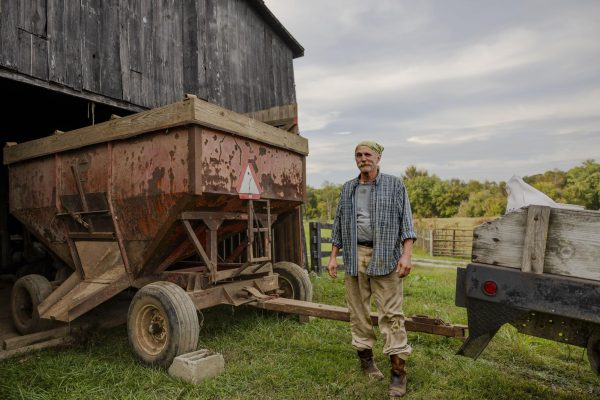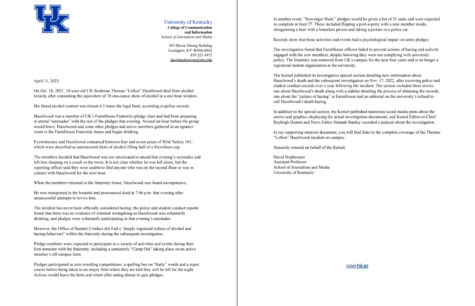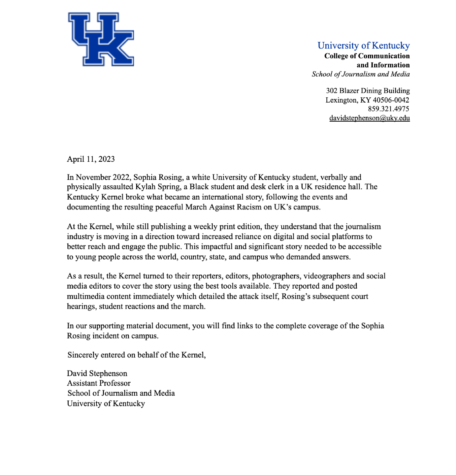Car camping tips to turn you from novice to pro
April 6, 2022
(BPT) – Spring is here, and many first-time campers are preparing for an outdoor adventure. For newbies who want to get into nature this season, the easiest and most comfortable way to do that is car camping — no carrying your gear or compromising on what to bring.
If you’re planning your first car camping trip, here are some essential preparation tips.
1) Pack gear that’s smart and convenient
There are three core packing pillars: portable, compact and lightweight. It’s easy to overpack because of the added space you get by using your car. However, it’s important to prioritize gear that will work smarter for you. For instance, gadgets like the award-winning Bernzomatic Digital Fuel Gauge make your camping experience more convenient. For your propane-powered essentials — portable grill/stove, lantern, torch, heater or even coffee maker, the pocket-sized Digital Fuel Gauge will save you space, weight and headaches by showing how much fuel is left in your handheld cylinder. No extra run to the store because you’re guessing how much fuel is left. This Fuel Gauge is compatible with any non-refillable fuel cylinder with CGA600 connection, including Bernzomatic’s 1 lb. or 14 oz. propane tank. Just as you wouldn’t go on a trip without knowing how much gas is in the car, don’t leave home without a fuel gauge that shows if you’re running low on propane!
2) Location, location, location
You may choose a paid campground because of its easy access to water, public restrooms and even showers, but you will likely need to share the area with other campers.
For a walk on the wild(er) side, consider unsupported camping on public lands, called dispersed camping, with no amenities.
Wherever you want to go, do your research first. Contact the campground, state park, U.S. Forest Service (USFS) or Bureau of Land Management (BLM) to learn about your desired destination — their rules for reservation requirements, sanitation and waste regulations or campfire permits, and even if they have drinkable water and fountains. Once you’ve confirmed your campsite location, commercial photographer, director and outdoor expert Forrest Mankins says to “Let someone know the details of your trip in advance to stay as trackable as possible, since you’ll be far from cell signal in the woods.” Mankins adds, “Download an offline copy of the GPS map area you’re visiting to stay oriented and more informed before leaving service. This comes in handy if you need a backup location. The downloaded map can give you enough information on where to find a free spot if a group occupies that spot you were after.”
3) Cook smart
Once you’re settled at the campsite, fueling your adventure with good meals is key.
“Prioritize simple and fresh ingredients, easy prep and ease of cleanup. Making dishes like grilled asparagus and chicken breast with sundried tomatoes on a portable propane-powered stove is simple, fast and leaves almost no cleanup at all,” says Mankins.
Whether you’re lighting a campfire or charcoal stove with a blow torch attached to a fuel cylinder, or cooking with a propane grill, it’s important to know how much fuel you have for all your campsite cooking. Keep the Digital Fuel Gauge handy to avoid having to go on a propane run mid-lunch.
Some prep time will make the trip smooth and enjoyable, even if it’s just a few miles away from home.
To complete your car camping checklist, shop the Bernzomatic Digital Fuel Gauge at bernzomatic.com.

















































































































































